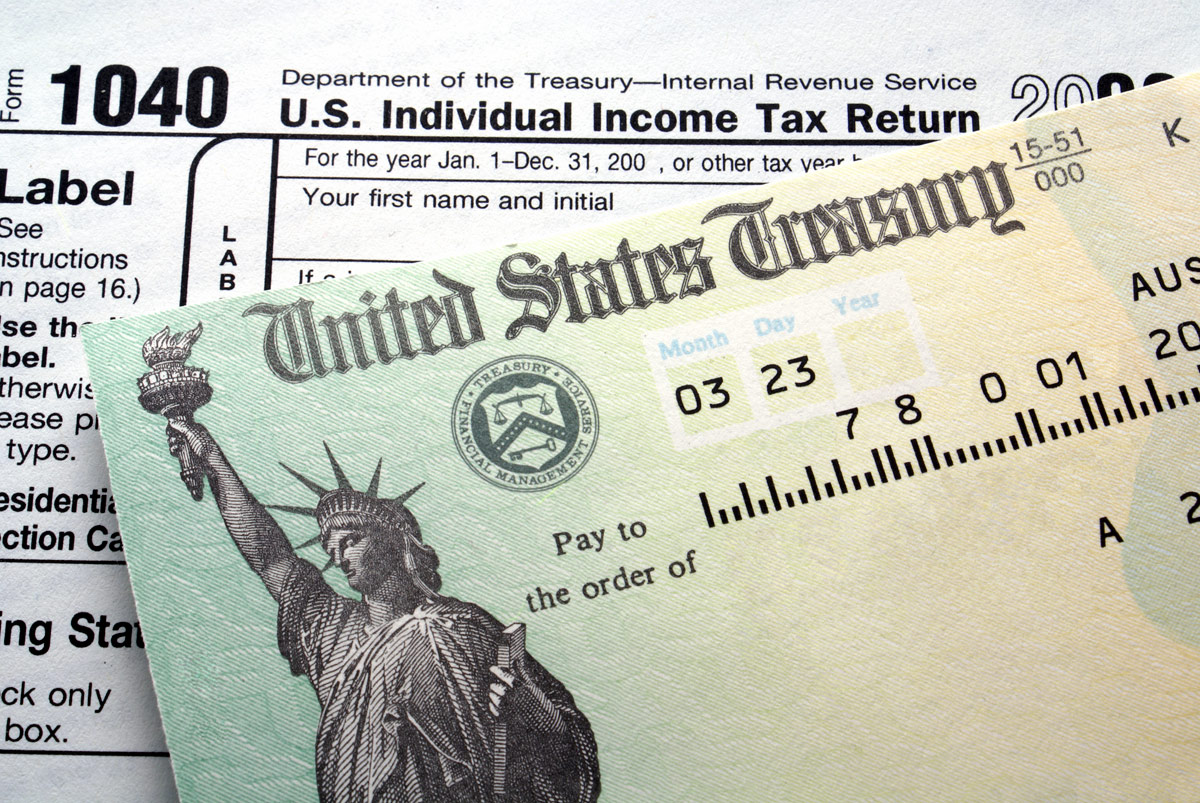
If you hurry, you might realize some major tax breaks before 2014 runs out. Once again, Congress has acted at the eleventh hour to bring back some expired tax perks. H.R. 5771, the Tax Increase Prevention Act, was passed and signed into law by President Obama on December 19. Here is a rundown of the key tax provisions it retroactively reinstates for 2014.
The IRA charitable rollover is back – again. Do you own a large traditional IRA? Are you age 70½ or older? By any chance, have you still not taken your Required Minimum Distribution (RMD) for 2014? If the answer to all three questions is yes, you could partly or entirely fulfill your RMD by donating up to $100,000 from that IRA to a qualified charity or non-profit organization. The gift may be made tax-free and it could help you hold your 2014 taxable income under thresholds at which you would be subject to higher Medicare premiums and taxes on your Social Security benefits. You also get the satisfaction of helping a charity. (If you have already taken your 2014 IRA RMD, you aren’t allowed a “do-over;” you can’t take back the RMD and make an IRA charitable rollover instead.)
You have the option to deduct state & local sales tax once more. If you live in a state that doesn’t tax its residents, the option to deduct state and local sales tax in lieu of state income tax is a big break. It applies again for the 2014 tax year thanks to the passage of H.R. 5771.
Two mortgage-related deductions were revived by the new law. H.R. 5771 extends the mortgage insurance premium deduction that went away at the start of the year, and it also retroactively reinstates the tax exclusion for canceled mortgage debt – the perk that gave households a chance to exclude as much as $2 million in such debt from gross income.
So were some key education deductions. The above-the-line tuition & fees deduction that lets parents (and students) lower taxable income amounts by up to $4,000 is back in place for 2014. So is the $250 classroom teacher expense deduction.
Home upgrades could still bring you a tax break. If you know a handyman or vendor who wouldn’t mind doing some work for you between now and New Year’s Day, this or that upgrade might make you eligible to claim the reinstated dollar-for-dollar tax credit for qualifying energy-efficient home improvements.
The enhanced easement incentive applies to land donations. Farmers, ranchers and other landowners have long realized tax breaks by gifting real property to land trusts for conservation. H.R. 5771 makes the recently enhanced incentive for such land gifts applicable to the 2014 tax year (it applies to conservation easements donated anywhere within TYs 2006-14). Under the enhanced incentive, a landowner can take a deduction as large as 50% of his/her income as a result of a conservation easement donation (it would be 30% otherwise). For qualifying ranchers and farmers, the permitted deduction may be as large as 100% of their incomes. The enhanced incentive also allows a donor to carry forward their deductions for 15 years as opposed to 5 years.
Mass transit commuters get the size of an important tax break restored. In 2009, Congress equalized the tax breaks for employer-provided mass transit and parking benefits at $245 per month. That lasted through 2013. This year, the parking benefit was adjusted slightly upward to $250 per month, but the mass transit benefit shrunk to $130 per month. H.R. 5771 puts both the parking and mass transit benefit at $250 for TY 2014. If you put in for 100% of your transit costs via your employer’s payroll deduction program, you are already in line to claim this retroactively restored benefit, which could provide as much as $576 in 2014 federal tax savings.

About the Independent Financial Advisor
Robert Pagliarini, PhD, CFP® has helped clients across the United States manage, grow, and preserve their wealth for nearly three decades. His goal is to provide comprehensive financial, investment, and tax advice in a way that is honest and ethical. In addition, he is a CFP® Board Ambassador, one of only 50 in the country, and a fiduciary. In his spare time, he writes personal finance books. With decades of experience as a financial advisor, the media often calls on him for his expertise. Contact Robert today to learn more about his financial planning services.



